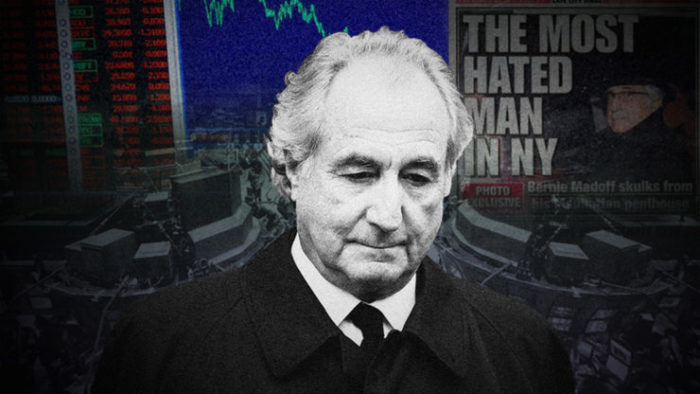Bernard “Bernie” Lawrence Madoff is an American investment adviser and stock broker who operated Madoff Investments in an unethically acceptable manner. He used the company as a front to commit a Ponzi scheme which fleeced investors of over $65 billion. This has been regarded as the largest Ponzi scheme ever. Madoff grew up in a humble background and he established the Madoff Investments Company with support from the father in law. A few friends and family members also supported Madoff with the operations and growth of the business. Madoff used the returns from investment to support several charitable and political causes which his firm believed in. However, in 1999, there was concern that the profits made by Madoff Investments surpassed the normal profits expected from a firm in such a venture. Markopolos, an expert in investments informed the exchange commission that it was not possible to achieve the level of Continue reading
Business Ethics Case Studies
Case Study: The Rise and Fall of Enron
Background on the History of Enron Enron was an American Gas Company that was originally called Natural Gas Company in the early 1930s. InterNorth was a holding company that was located in Nebraska and in 1979 purchased Natural Gas Company. In 1985, Enron was born following the merger of InterNorth and Houston Natural Gas. Following the merger, in 1987 Enron discovered that oil traders in New York have overextended the company’s account by $1 billion dollars, which they were able to work down to $142 million. This put Enron in massive debt. For the new company to survive, Enron needed new, innovative, and strategic business plans to generate profits and improve cash flows. In 1988 Enron opened its first overseas office in England. “Come to Jesus” was a gathering by the top heads at Enron to come up with a new strategy to get the company out of debt and Continue reading
Case Study on Business Ethics: The AIG Scandal
American International Group, Inc is a company whose operation began back in 1919. It was established back then by Cornelius Vander Starr as an insurance agency in Shanghai, China. AIG left china in 1949 after Starr had established himself as the westerner the sell insurance to the Chinese people. AIG headquarters then shifted from china to New York City, which is still the headquarters up to date. It is from here that AIG began its expansion tapping into other markets such as the Latin America, Asia, Middle East and Europe through use of its subsidiaries. It was in 1962 when Starr transferred management of AIG United states holdings to Maurice R. Greenberg. Greenberg introduced policies that made the company shift from its original personal insurance background to anew high market corporate targeted cover. The new management under Greenberg went on to focus mainly on selling AIGs’ insurance packages through independent Continue reading
Business Ethics Case Study: The Volkswagen Emissions Scandal
Over the last few decades, there has been great concern regarding the sustainability and conservation of the environment. Environmental pollution and globalization have become the concern of most environmental protection agencies. The harmful and mortal effects of nitrogen oxide, which is a pollutant found in car exhaust have led the Environmental Protection Agency (EPA) to tighten emission control considering the attention paid to conservation and saving the green. These concerns have made the EPA constantly announce restrictions for standard emissions for all types of vehicles the sports car, heavy-duty trucks, automobiles, and other types of cars. These stringent measures are necessary considering that nitrogen gas emitted is harmful to human health and results in diseases such as asthma, premature death, bronchitis, and respiratory and cardiovascular. In 2015, the scandal regarding diesel cheat damaged the image of the Volkswagen Company. In light of the discovery of the diesel dupe of Volkswagen Continue reading
Case Study on Business Ethics: The Inside Story of the Collapse of AIG
AIG or American International Group and its subsequent failure are one of, if not the most well-known company failures in financial history. Of the more recent bankruptcies filed for companies like Enron and Worldcom, the effects and unforeseeable consequences of the failure of a company like AIG would be much more widespread and felt by many more Americans at the lay person level. AIG is primarily an insurance company that sells Property casualty, life, and travel insurance to customers the world over. However, there was another arm to the company known as AIG FP or American International Group Financial Products division. This division dealt in the financial markets as more than an intermediary, but actually as a trader. The most publicized and understood version of what happened at AIG is that the federal government bailed them out. The term bailout has come to be understood as a final resort transaction Continue reading



